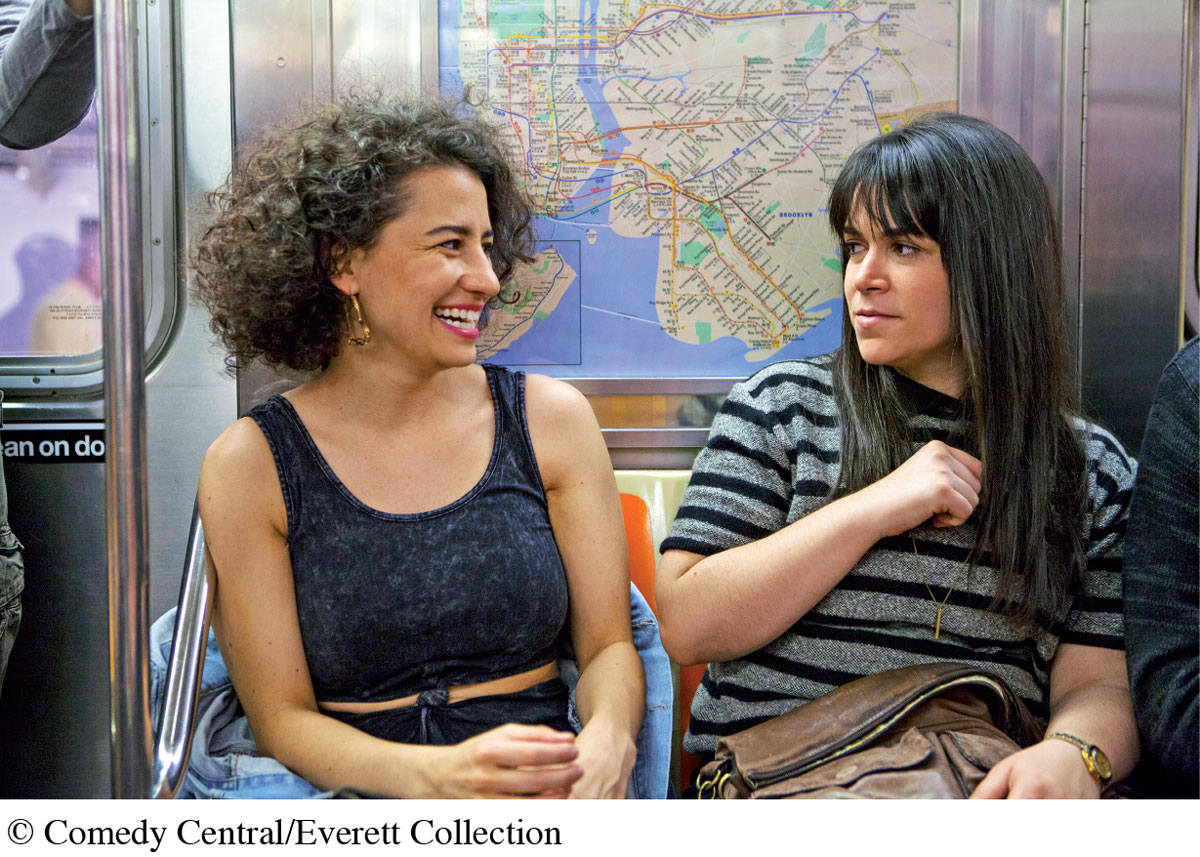Television in a Democratic Society
The development of cable, VCRs and DVD players, DVRs, the Internet, and smartphone services has fragmented television’s audience by appealing to viewers’ individual and special needs. These changes and services, by providing more specialized and individual choices, also alter television’s former role as a national unifying cultural force, potentially de-emphasizing the idea that we are all citizens who are part of a larger nation and world. Moreover, many cable channels have survived mostly by offering live sports or recycling old television shows and movies. Although cable and on-demand service like Netflix are creating more and more original quality programming, they rarely reach even the diminished audience numbers commanded by the traditional broadcast networks. In fact, given that the television networks and many leading cable channels are now owned by the same media conglomerates, cable has evolved into something of an extension of the networks. And even though cable audiences are growing and network viewership is contracting, the division between the two is blurring. New generations that grow up on cable and the Internet rarely make a distinction between a broadcast network, a cable service, or an on-demand program. In addition, tablets, smartphones, and Internet services that now offer or create our favorite programs are breaking down the distinctions between mobile devices and TV screens. Today, the promise that cable once offered as a place for alternative programming and noncommercial voices is now being usurped by the Internet, where all kinds of TV experiments are under way.

The bottom line is that television, despite the audience fragmentation, still provides a gathering place for friends and family at the same time that it provides access anywhere to a favorite show. Like all media forms before it, television is adapting to changing technology and shifting economics. As the technology becomes more portable and personal, television-related industries continue to search for less expensive ways to produce stories and more channels on which to deliver them. But what will remain common ground on this shifting terrain is that television continues as our nation’s chief storyteller, whether those stories come in the form of news bulletins, sporting events, cable dramas, network sitcoms, or YouTube vignettes.
TV’s future will be about serving smaller rather than larger audiences. As sites like YouTube develop original programming and as niche cable services like the Weather Channel produce reality TV series about storms, no audience seems too small and no subject matter too narrow for today’s TV world. For example, in 2013, Duck Dynasty had become a hit series on A&E—a program about an eccentric Louisiana family that got rich making products for duck hunters. The program averaged a cable-record 12.4 million viewers in 2012–13, but then lost half those numbers in 2013–14, as many viewers grew weary of the series. An overwhelming number of programming choices like this now exist for big and small TV screens alike. How might this converged TV landscape, with its volatile ups and downs in viewer numbers, change how audiences watch—and pay for—television? With hundreds of shows available, will we adopt à la carte viewing habits, in which we download or stream only the shows that interest us, rather than pay for cable (or DBS) packages with hundreds of channels we don’t watch?